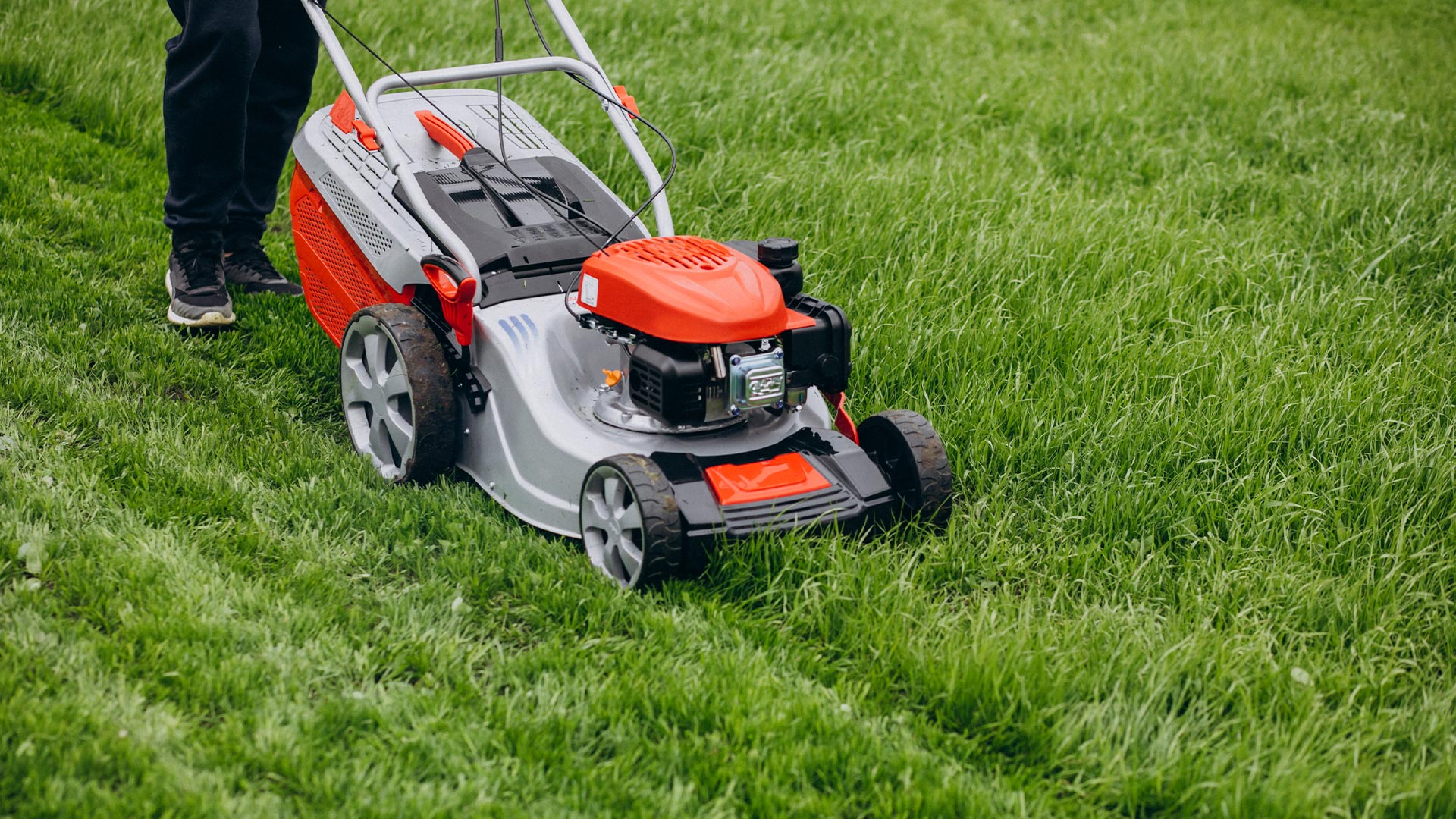Foreclosed properties are often vacant for extended periods, which can lead to significant landscape deterioration. Neglected lawns, untrimmed trees, and overgrown shrubs not only reduce curb appeal but may also violate local ordinances. Proper landscaping plays a crucial role in preserving property value and preparing homes for resale or occupancy.
Why Landscaping Matters for Foreclosures
First impressions matter. A well-maintained exterior signals responsible management and encourages buyer interest or tenant confidence. Clean, healthy landscaping also helps prevent further property degradation.
Key Best Practices
1. Initial Cleanup
- Remove debris, trash, and fallen branches.
- Clear dead plants and weeds to create a clean slate.
2. Lawn Restoration
- Mow grass uniformly and regularly.
- Reseed bare patches or install fresh sod.
- Use drought-tolerant grass varieties in arid regions.
3. Tree & Shrub Maintenance
- Prune overgrown or dead branches to prevent damage to structures.
- Shape shrubs for a tidy, professional appearance.
4. Weed & Pest Control
- Apply safe, eco-friendly herbicides.
- Inspect regularly for pests such as rodents, ants, or termites.
5. Mulching & Ground Cover
- Add mulch to beds to retain moisture and reduce weed growth.
- Consider gravel or bark chips for low-maintenance areas.
6. Seasonal Maintenance
- Rake leaves, remove snow, and adjust services by season.
- Ensure property looks cared for year-round.
7. Irrigation System Checks
- Test sprinkler systems for leaks or broken heads.
- Program irrigation schedules according to climate.
Pro Tip
Include a landscaping checklist during property inspections to streamline maintenance and ensure consistency across your portfolio.
Final Thoughts
Effective landscaping on foreclosed properties does more than beautify—it protects, preserves, and enhances resale value. Incorporating these best practices ensures each property meets community standards and market expectations.

